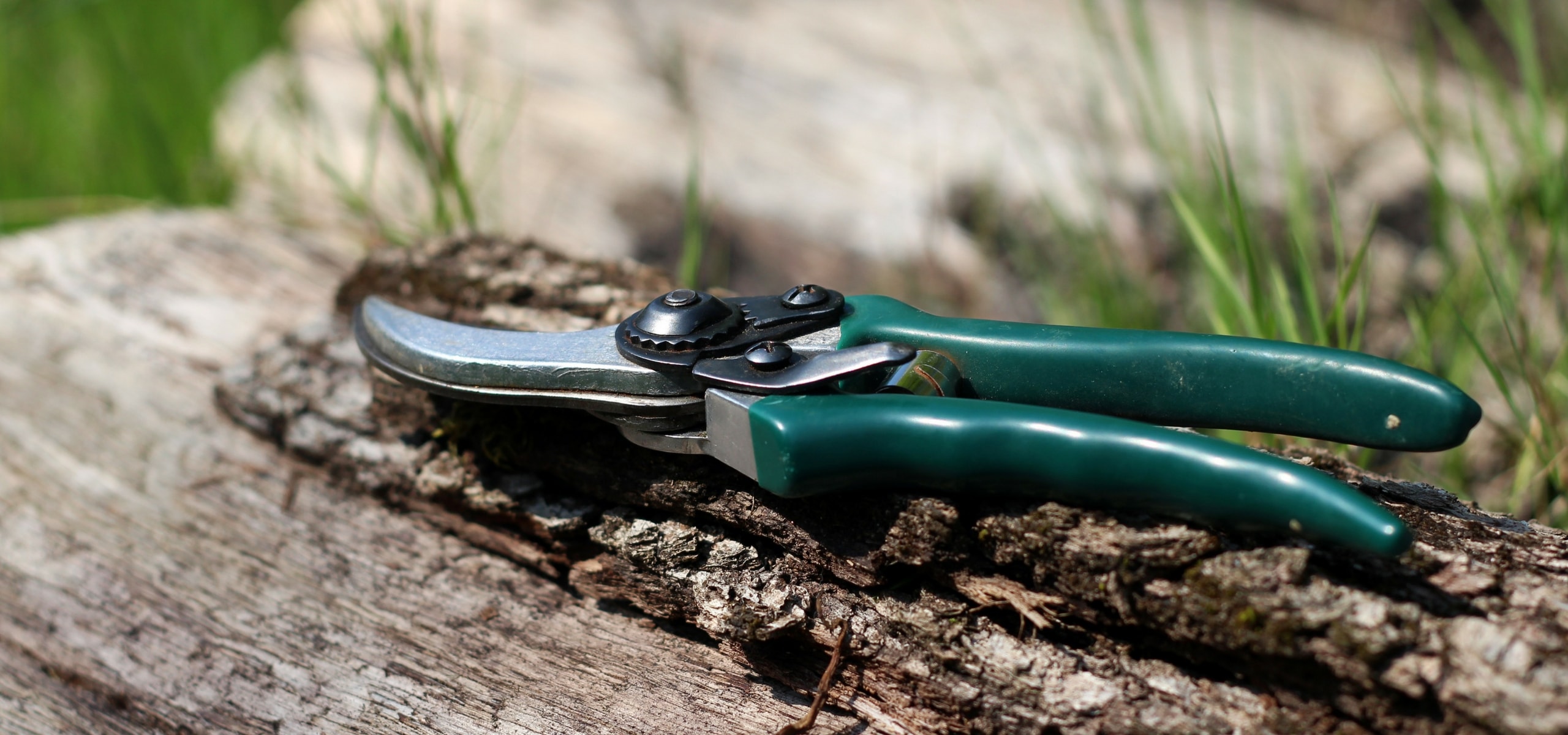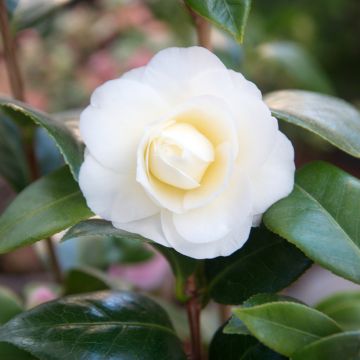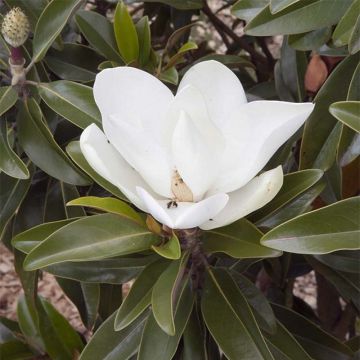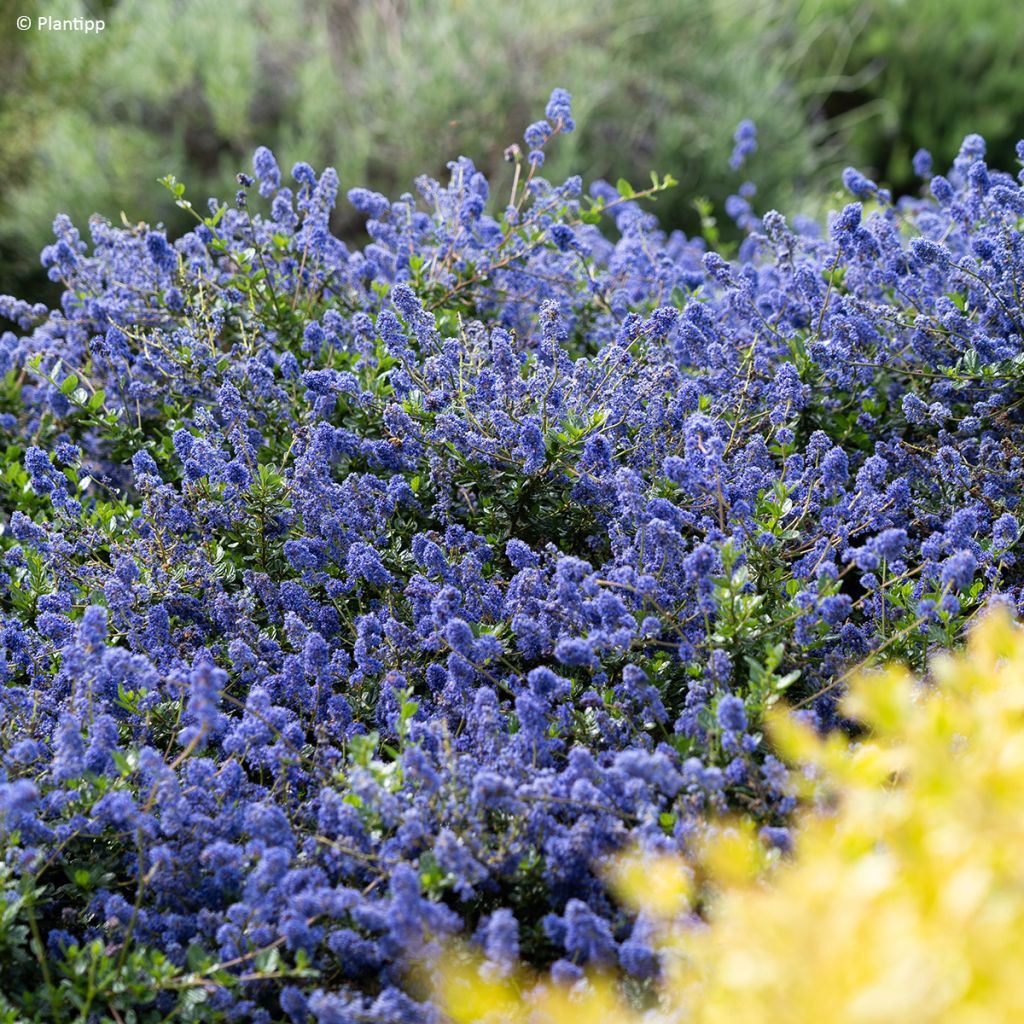

Ceanothus Pacific Wave
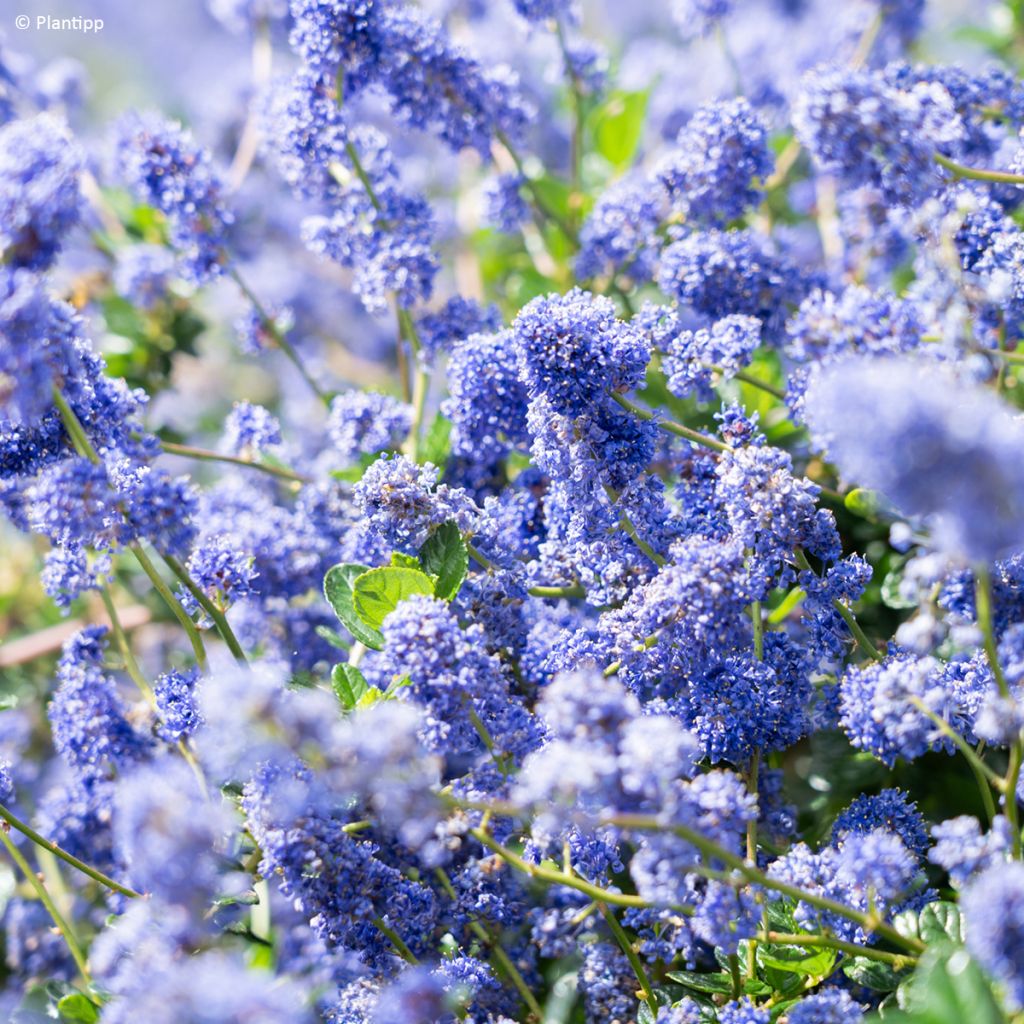

Ceanothus Pacific Wave
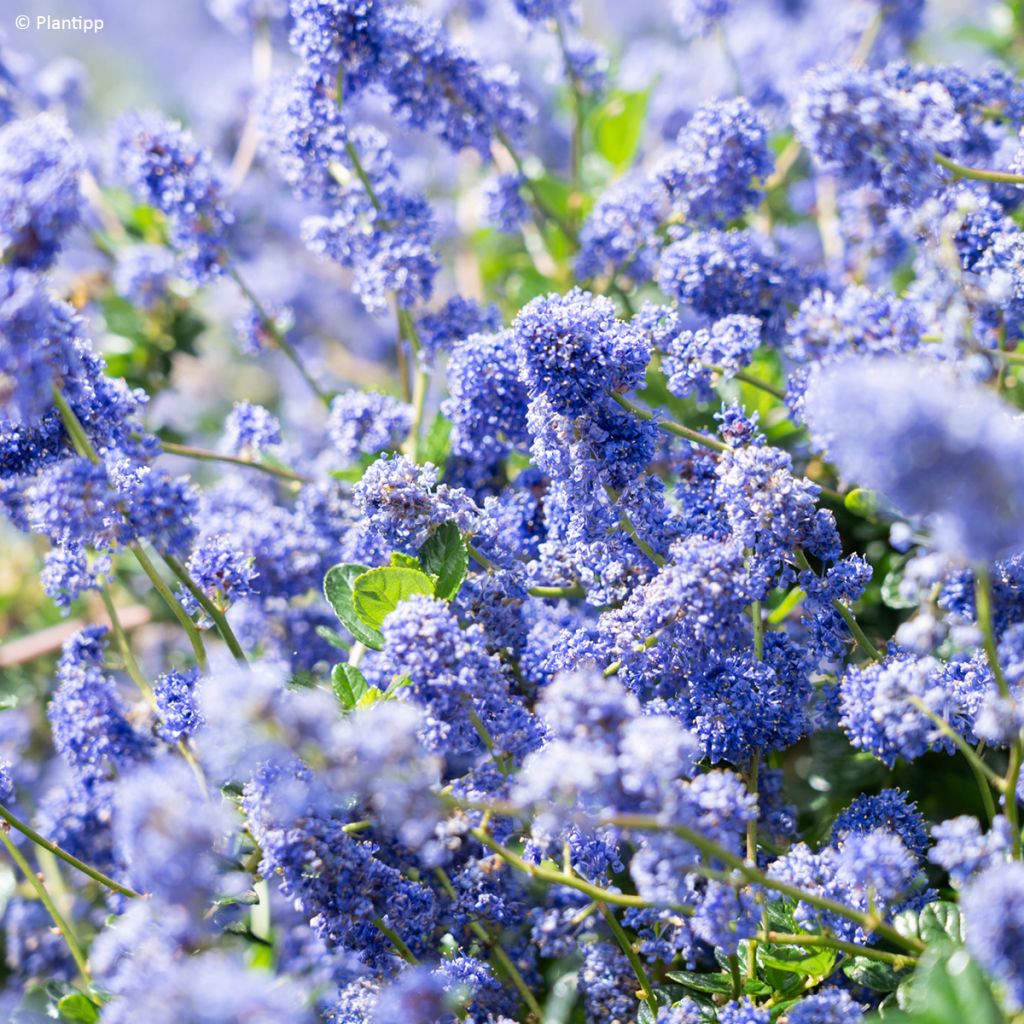

Ceanothus Pacific Wave


Ceanothus Pacific Wave


Ceanothus Pacific Wave
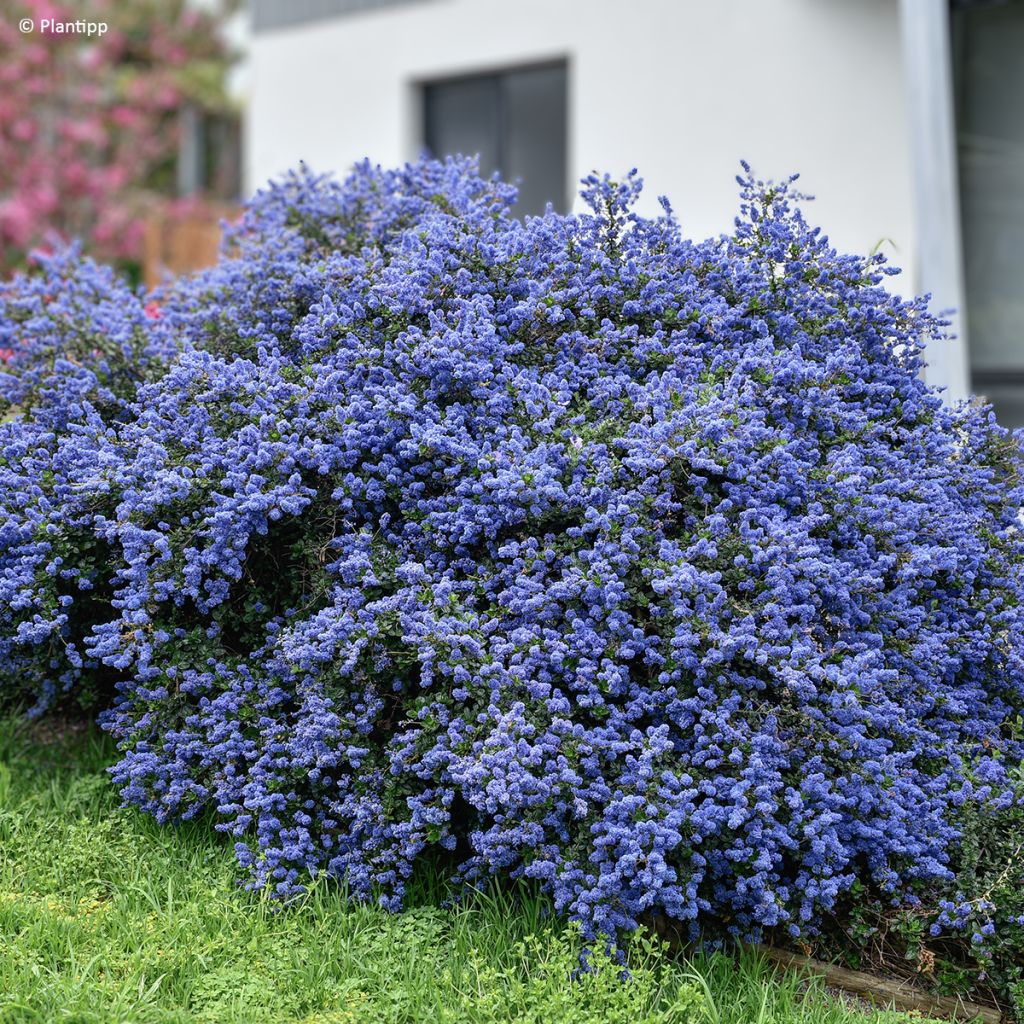

Ceanothus Pacific Wave
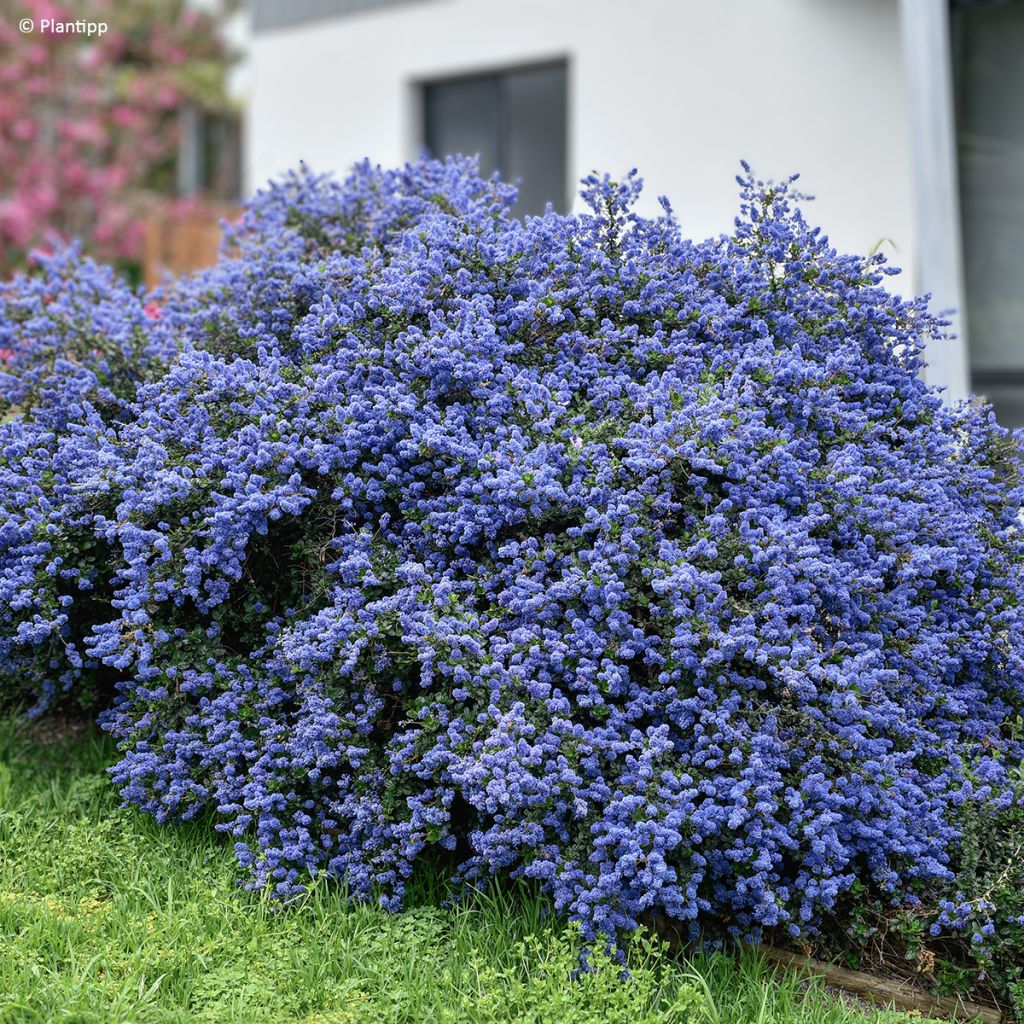

Ceanothus Pacific Wave


Ceanothus Pacific Wave


Ceanothus Pacific Wave


Ceanothus Pacific Wave
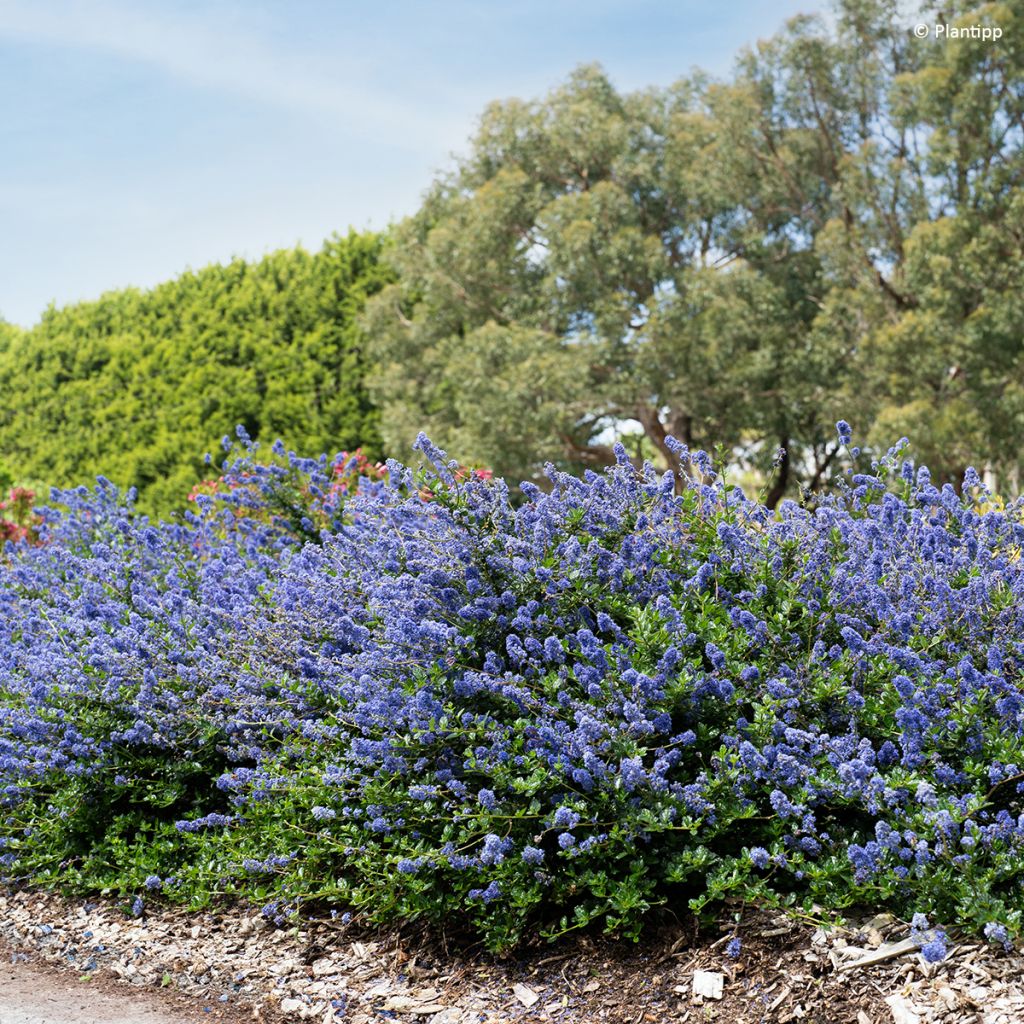

Ceanothus Pacific Wave


Ceanothus Pacific Wave
Ceanothus Pacific Wave
Ceanothus Pacific Wave
California Lilac, Carmel Ceanothus
Special offer!
Receive a €20 voucher for any order over €90 (excluding delivery costs, credit notes, and plastic-free options)!
1- Add your favorite plants to your cart.
2- Once you have reached €90, confirm your order (you can even choose the delivery date!).
3- As soon as your order is shipped, you will receive an email containing your voucher code, valid for 3 months (90 days).
Your voucher is unique and can only be used once, for any order with a minimum value of €20, excluding delivery costs.
Can be combined with other current offers, non-divisible and non-refundable.
Home or relay delivery (depending on size and destination)
Schedule delivery date,
and select date in basket
This plant carries a 24 months recovery warranty
More information
We guarantee the quality of our plants for a full growing cycle, and will replace at our expense any plant that fails to recover under normal climatic and planting conditions.
Would this plant suit my garden?
Set up your Plantfit profile →
Description
The Ceanothus 'Pacific Wave' is a true gem for gardens in not-too-harsh climates. Its small, evergreen leaves of a beautiful dark green serve as a setting for the generous flowering of an intense cobalt blue, which begins in May. Its compact and low habit, twice as wide as it is tall, makes it an ideal plant for covering a slope or occupying the front of a shrub border. This superb plant that attracts all eyes adapts to poor soil, tolerates drought and sea spray, and is perfectly suited to coastal and southern climates due to its moderate hardiness, around -10°C for an established plant. Well-drained soil without excess lime and a sunny location are the keys to its success in the garden. Container cultivation is also possible if soil conditions are not favourable.
Ceanothus belong to the Rhamnaceae family which includes about fifty genera, the best known in our gardens certainly being the Rhamnus (Buckthorn), while enthusiasts in southern Europe like to plant the Jujube tree (Ziziphus) for its appreciated fruits. The Ceanothus genus includes 55 species, all native to North America, and mostly from the Pacific coastal regions, especially Californian (hence their common name of California Lilac), and extending down to Mexico and even Guatemala. The Ceanothus 'Pacific Wave' is a horticultural creation by Australian David Glenn, active at Lambley Nursery in the state of Victoria, in the southeast of the continent. This variety has the interesting characteristic of developing significantly more in width than in height, forming at maturity a cushion 80 cm high with a 1.50 m spread. It forms stems of small diameter, but somewhat stiff, well-branched, brown at the base and green at the tips. They are adorned with small ovate leaves, approximately 3 cm long by 2 to 2.5 cm wide. Of a satiny dark green, they have well-marked characteristic veins and are evergreen. This somewhat dark foliage wonderfully highlights the flowering from May. Panicles 5 to 8 cm long then form, made up of small flowers of an intense cobalt blue. Extremely floriferous, the bush is literally covered in blue until June, sometimes even July, creating a real attraction in the garden, both for its fascinating colour and the abundance of its flowering. Of relatively rapid growth, the Ceanothus however, does not live very long, most often only about ten years, as if the abundance of its flowering eventually overcomes its vital energy... but what a spectacle in spring!
While it particularly fears excess lime and clay which cause poor drainage conditions, the Ceanothus 'Pacific Wave' on the other hand tolerates heat and drought very well, as well as sea spray and urban pollution. Reserved for climates where frosts only occasionally drop to -10°C, it can be grown in a large container elsewhere or in unfavourable soil conditions. In cold climates, you can thus combine it with citrus trees like the Kumquat or with flowering pots of Agapanthus to create a summer scene that you will take care to overwinter protected from severe frosts. In regions with a mild climate, your Ceanothus will be perfectly showcased on a slope, and you can also combine it in a border with other exotic shrubs like the Callistemon whose bottlebrush flowers, often red or pink depending on the variety, will form a striking contrast with the blue of the 'Pacific Wave'. Also consider extending your border's flowering season into summer by planting staggered blooms, such as the Buddleia (x) weyeriana 'Sungold' with its astonishing spherical orange-yellow inflorescences from August to October, and obviously the Lagerstroemias, or Crape Myrtles. Not only is the palette of floral colours very wide, ranging from white to violet through all shades of pink and red, but moreover some varieties display purple foliage which will give even more appeal to your scene.
Ceanothus Pacific Wave in pictures




Plant habit
Flowering
Foliage
Botanical data
Ceanothus
Pacific Wave
Rhamnaceae
California Lilac, Carmel Ceanothus
Cultivar or hybrid
Planting and care
Position your Ceanothus 'Pacific Wave' in a sunny or partially shaded location (particularly in southern or warm regions). Plant it in ordinary soil that should be cool to dry in summer, but must be well-drained. This variety withstands brief frosts of around -10°C once mature. It tolerates fairly heavy soil well if it remains dry during summer. Be cautious of cold draughts which the bush dislikes; it can be placed near a wall.
Plant it year-round, avoiding frost periods, by mixing your garden soil with compost, coarse sand, gravel, perlite or any moisture-resistant material. Water generously once or twice weekly to encourage establishment. In hot and dry climates, autumn planting is preferable to benefit from winter rainfall. Water only twice monthly from the third year onward, and solely during summer droughts. This is a low-maintenance plant that grows effortlessly once suitable conditions are met. Soil moisture during winter and summer is harmful to the plant. The combination of heat and humidity promotes fungal growth that attacks the bush's collar and proves as fatal as Siberian cold. Therefore, in affected soil, it's better to plant Ceanothus on a mound to facilitate water drainage and prevent stagnation. You may lightly prune stems after flowering to encourage branching. Fertiliser applications are not recommended (only add some horn meal at the bottom of the planting hole).
Container Cultivation:
Use a light substrate mixture of garden soil, coarse sand and compost. In summer, water only when soil is dry, thoroughly but infrequently. The plant can be stored in a cool, bright, minimally heated space protected from severe frosts. Apply slow-release fertiliser sparingly in spring and autumn.
Planting period
Intended location
Care
Planting & care advice
This item has not been reviewed yet - be the first to leave a review about it.
Similar products
Haven't found what you were looking for?
Hardiness is the lowest winter temperature a plant can endure without suffering serious damage or even dying. However, hardiness is affected by location (a sheltered area, such as a patio), protection (winter cover) and soil type (hardiness is improved by well-drained soil).

Photo Sharing Terms & Conditions
In order to encourage gardeners to interact and share their experiences, Promesse de fleurs offers various media enabling content to be uploaded onto its Site - in particular via the ‘Photo sharing’ module.
The User agrees to refrain from:
- Posting any content that is illegal, prejudicial, insulting, racist, inciteful to hatred, revisionist, contrary to public decency, that infringes on privacy or on the privacy rights of third parties, in particular the publicity rights of persons and goods, intellectual property rights, or the right to privacy.
- Submitting content on behalf of a third party;
- Impersonate the identity of a third party and/or publish any personal information about a third party;
In general, the User undertakes to refrain from any unethical behaviour.
All Content (in particular text, comments, files, images, photos, videos, creative works, etc.), which may be subject to property or intellectual property rights, image or other private rights, shall remain the property of the User, subject to the limited rights granted by the terms of the licence granted by Promesse de fleurs as stated below. Users are at liberty to publish or not to publish such Content on the Site, notably via the ‘Photo Sharing’ facility, and accept that this Content shall be made public and freely accessible, notably on the Internet.
Users further acknowledge, undertake to have ,and guarantee that they hold all necessary rights and permissions to publish such material on the Site, in particular with regard to the legislation in force pertaining to any privacy, property, intellectual property, image, or contractual rights, or rights of any other nature. By publishing such Content on the Site, Users acknowledge accepting full liability as publishers of the Content within the meaning of the law, and grant Promesse de fleurs, free of charge, an inclusive, worldwide licence for the said Content for the entire duration of its publication, including all reproduction, representation, up/downloading, displaying, performing, transmission, and storage rights.
Users also grant permission for their name to be linked to the Content and accept that this link may not always be made available.
By engaging in posting material, Users consent to their Content becoming automatically accessible on the Internet, in particular on other sites and/or blogs and/or web pages of the Promesse de fleurs site, including in particular social pages and the Promesse de fleurs catalogue.
Users may secure the removal of entrusted content free of charge by issuing a simple request via our contact form.
The flowering period indicated on our website applies to countries and regions located in USDA zone 8 (France, the United Kingdom, Ireland, the Netherlands, etc.)
It will vary according to where you live:
- In zones 9 to 10 (Italy, Spain, Greece, etc.), flowering will occur about 2 to 4 weeks earlier.
- In zones 6 to 7 (Germany, Poland, Slovenia, and lower mountainous regions), flowering will be delayed by 2 to 3 weeks.
- In zone 5 (Central Europe, Scandinavia), blooming will be delayed by 3 to 5 weeks.
In temperate climates, pruning of spring-flowering shrubs (forsythia, spireas, etc.) should be done just after flowering.
Pruning of summer-flowering shrubs (Indian Lilac, Perovskia, etc.) can be done in winter or spring.
In cold regions as well as with frost-sensitive plants, avoid pruning too early when severe frosts may still occur.
The planting period indicated on our website applies to countries and regions located in USDA zone 8 (France, United Kingdom, Ireland, Netherlands).
It will vary according to where you live:
- In Mediterranean zones (Marseille, Madrid, Milan, etc.), autumn and winter are the best planting periods.
- In continental zones (Strasbourg, Munich, Vienna, etc.), delay planting by 2 to 3 weeks in spring and bring it forward by 2 to 4 weeks in autumn.
- In mountainous regions (the Alps, Pyrenees, Carpathians, etc.), it is best to plant in late spring (May-June) or late summer (August-September).
The harvesting period indicated on our website applies to countries and regions in USDA zone 8 (France, England, Ireland, the Netherlands).
In colder areas (Scandinavia, Poland, Austria...) fruit and vegetable harvests are likely to be delayed by 3-4 weeks.
In warmer areas (Italy, Spain, Greece, etc.), harvesting will probably take place earlier, depending on weather conditions.
The sowing periods indicated on our website apply to countries and regions within USDA Zone 8 (France, UK, Ireland, Netherlands).
In colder areas (Scandinavia, Poland, Austria...), delay any outdoor sowing by 3-4 weeks, or sow under glass.
In warmer climes (Italy, Spain, Greece, etc.), bring outdoor sowing forward by a few weeks.












































